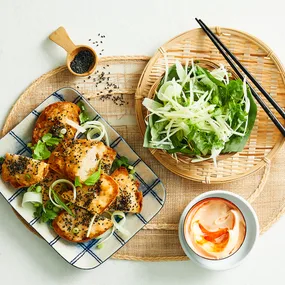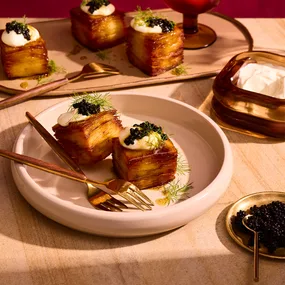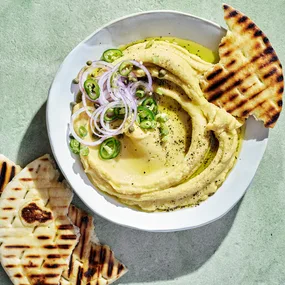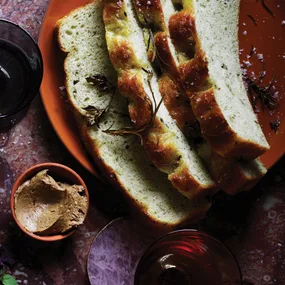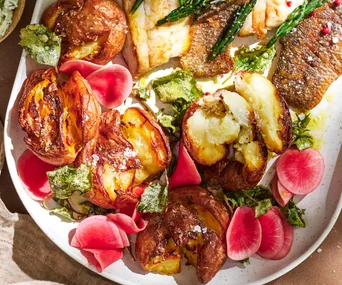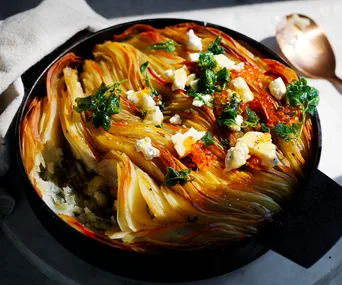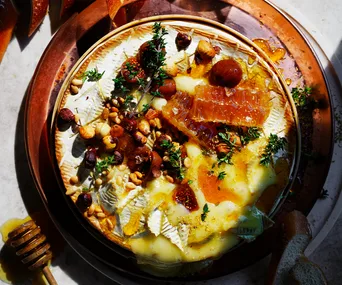Even though its roots are in southern India, there’s no denying that Malaysia has made roti canai (pronounced chah-nigh, rhyming with hi) its own. Made with nothing more than flour, water, ghee and some salt and sugar, roti canai is a flatbread that came with the Malayalis and the Tamils to British Malaya, and Penang in particular, around the turn of last century.
At that time, it was probably called roti prata, the term currently used in Singapore, or roti parotta as it’s known in Kerala (the Malayalis from Kerala are well known for this roti).
Apparently, roti canai made its début in the region at Mamak (Indian Muslim) hawker stalls and neighbourhood coffee shops, first in Penang and Singapore. By the 1920s, it was firmly established throughout the country.
When this unleavened bread started being called roti canai is not known. But the fact it is no longer made just by the Mamaks has something to do with this. Malay cooks have embraced this delicious staple as their own. Hence, while roti is the Hindi word for bread, canai is a Malay word meaning to knead or to stretch. In short, it has become Malaysianised.
Unique among flatbreads, its creation in the hands of a professional is pure theatre. After all, how many flatbreads have you seen that are flung into the air, then stretched paper-thin before being folded and fried on a hot griddle? The difference between a pedestrian roti and one made by a skilled artisan is enormous.
A well-made roti canai is a thing of beauty – light, soft and buttery on the inside and slightly crunchy and flaky with dark heat spots on the outside. It should break into shards with just enough resistance to show the dough is properly made and rested. As with a good loaf of bread, handmade roti canai is best and is excellent only when freshly made; avoid pre-made roti at all costs, because as they turn soggy and limp.
In the home, roti canai are cooked on a tawa or tavah, a flat or concave griddle pan made of cast iron, though nowadays they also come in the non-stick variety. It is said to have come from Persia originally and is an essential utensil for making all sorts of flatbreads including roti and chapati. Professional roti makers use custom-made griddles of a metre in diameter. A tawa is also great for stir-frying vegetables.
This addictive flatbread is best enjoyed at breakfast with a lentil curry or on its own, but it has several incarnations. It’s delectable with egg – roti telur, with fried eggs, as a light lunch, say – and is an absolute treat as a dessert, such as roti pisang, which is filled with soft melted banana.
There are two other interesting derivatives of the roti canai family. One is murtabak, which is a meal in itself. To make roti murtabak, flip your uncooked roti on the bench and top it with cooked spiced beef or lamb mince bound with an egg. Fold the roti into a parcel and cook on the hot plate until done. The other incarnation is roti tissue, a paper-thin cone of buttered roti sprinkled with sugar and sometimes condensed milk.
If you visit Malaysia, check out Kayu Nasi Kandar and Ali Maju restaurants. While these are franchised operations, they are run by folks who seem to care about authenticity and, naturally, their roti canai.
Making your own at home, it’s best to use flour with at least 11 per cent wheat protein to make a dough that’s stretchable but strong enough not to tear. However, regular flour with less gluten is workable. Adding sugar lends flavour and helps to caramelise the bread – some recipes use condensed milk. Flipping roti canai in the air requires patience and practice. You can always stretch it as though you’re making strudel. When folding roti canai, trap the air between to help create the layers.
In the below recipe, we’ve made the dough in a food processor, but it’s really quick and simple to do by hand as well. If the dough seems a little too wet just add a little more flour.
Seeking a good food processor? The Kenwood Multipro Compact Food Processor (RRP $149) does all the hard work, without the fuss.
